Juanita and I would like to appologize for the delay in posting this chapter. This week was busy for us both.
As Juanita said, most Civil War soldiers were civilians. The Grand Army of the Republic (GAR) was a post war fraternity. The war brought these civilians together and formed bonds that changed society for years to come. The GAR was tremendously powerful in national elections and was instrumental in society, so I've included some clips pertaining to the GAR.
Additionally, soldiers taught one another how to play games. They would take these games to their communities and families after their time in service. So I've included some videos about that.
The Society for Women and the Civil War holds annual conferences with talks on subjects related to civilians and the Civil War.
Their conference this summer will focus on the impact of the war on civilians. www.swccw.org.
Challenge:
1. We tend to focus on how war harmed civilians. Name, instead, the three most beneficial impacts the war had on civilians and their lives.
2. What book would you like to see for a future book study?
Share your stories in the comments below.
Thank you for participating in this book study. Thank you to the Homefront Herald for hosting us, especially Mandy and Joy! A special Thanks to Juanita Leisch for authoring this work. Thanks to her for helping me come up with supplementary material and questions for each chapter. I hope everyone learned something, and I personally thank those of you who made it to the end. It sure went by quickly. ~ Den Bolda
Are you an author? Would you like us to consider your book for a future book study? Send me your work!
As Juanita said, most Civil War soldiers were civilians. The Grand Army of the Republic (GAR) was a post war fraternity. The war brought these civilians together and formed bonds that changed society for years to come. The GAR was tremendously powerful in national elections and was instrumental in society, so I've included some clips pertaining to the GAR.
Additionally, soldiers taught one another how to play games. They would take these games to their communities and families after their time in service. So I've included some videos about that.
The Society for Women and the Civil War holds annual conferences with talks on subjects related to civilians and the Civil War.
Their conference this summer will focus on the impact of the war on civilians. www.swccw.org.
Challenge:
1. We tend to focus on how war harmed civilians. Name, instead, the three most beneficial impacts the war had on civilians and their lives.
2. What book would you like to see for a future book study?
Share your stories in the comments below.
Thank you for participating in this book study. Thank you to the Homefront Herald for hosting us, especially Mandy and Joy! A special Thanks to Juanita Leisch for authoring this work. Thanks to her for helping me come up with supplementary material and questions for each chapter. I hope everyone learned something, and I personally thank those of you who made it to the end. It sure went by quickly. ~ Den Bolda
Are you an author? Would you like us to consider your book for a future book study? Send me your work!
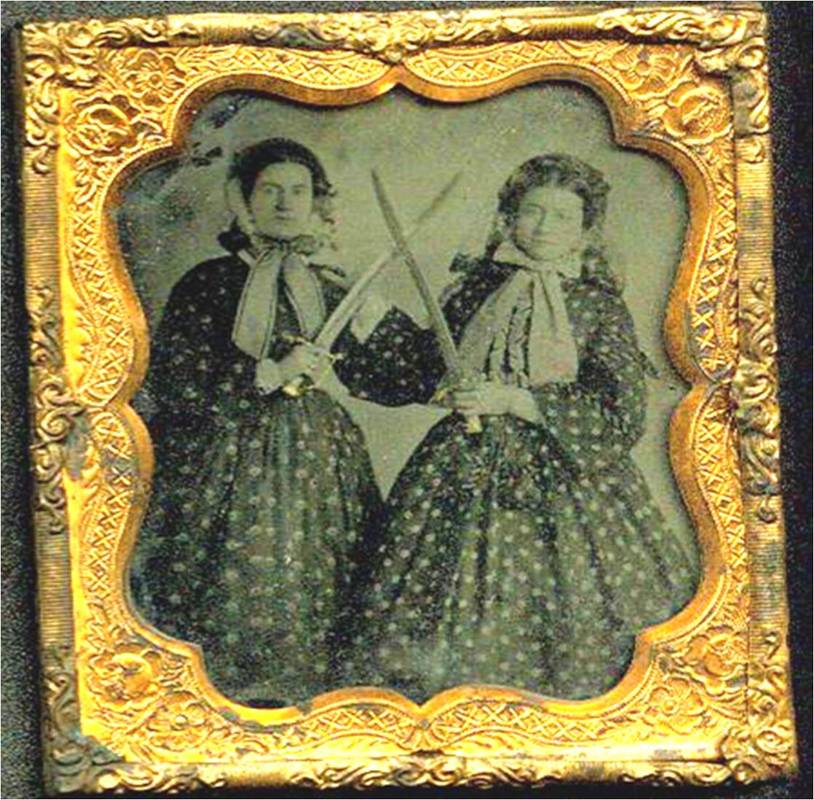
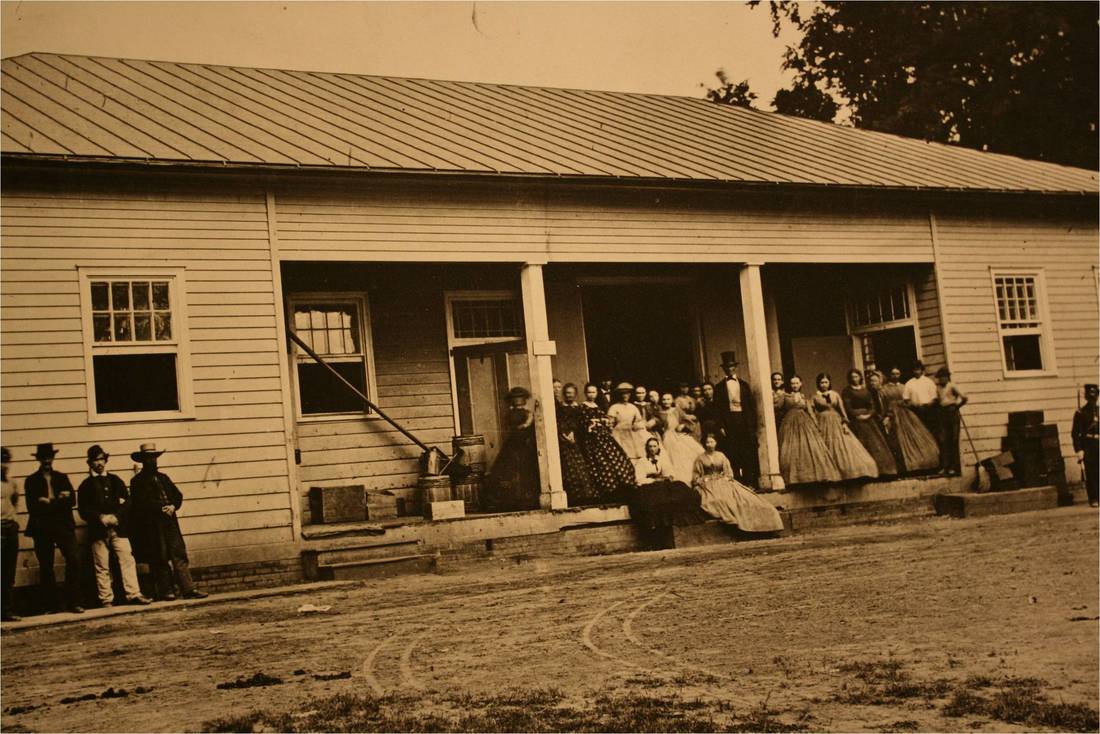
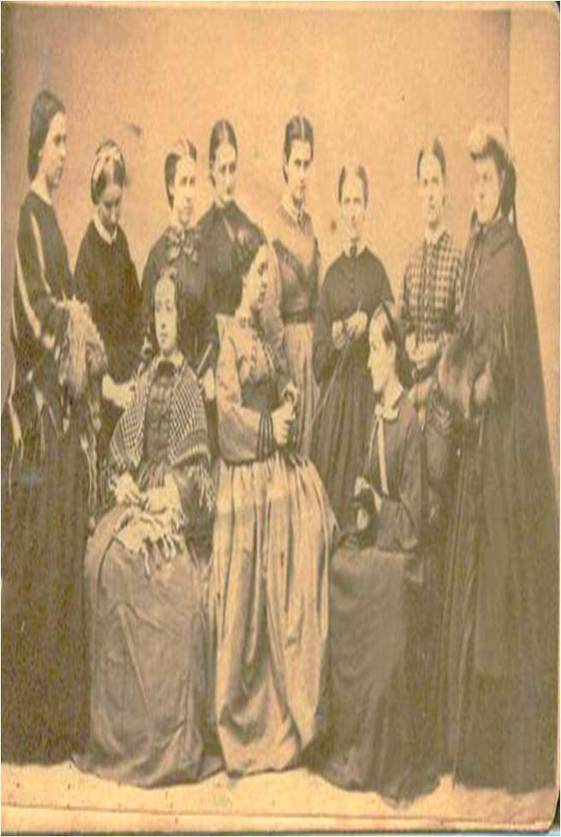
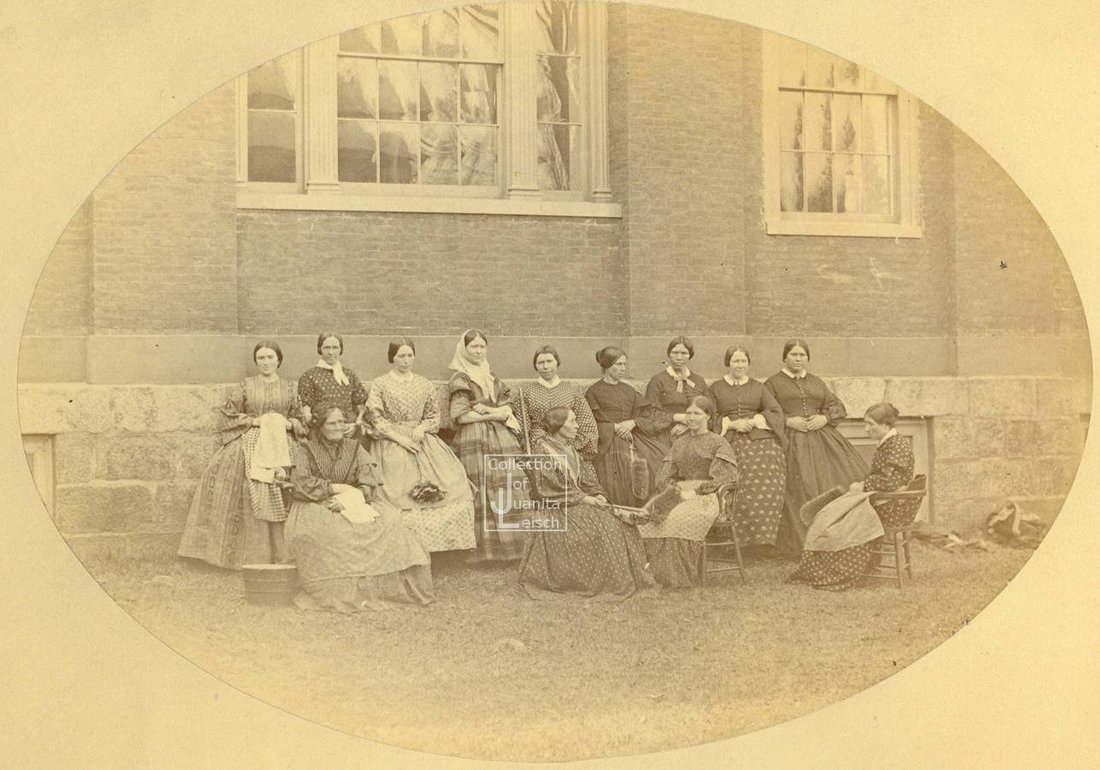
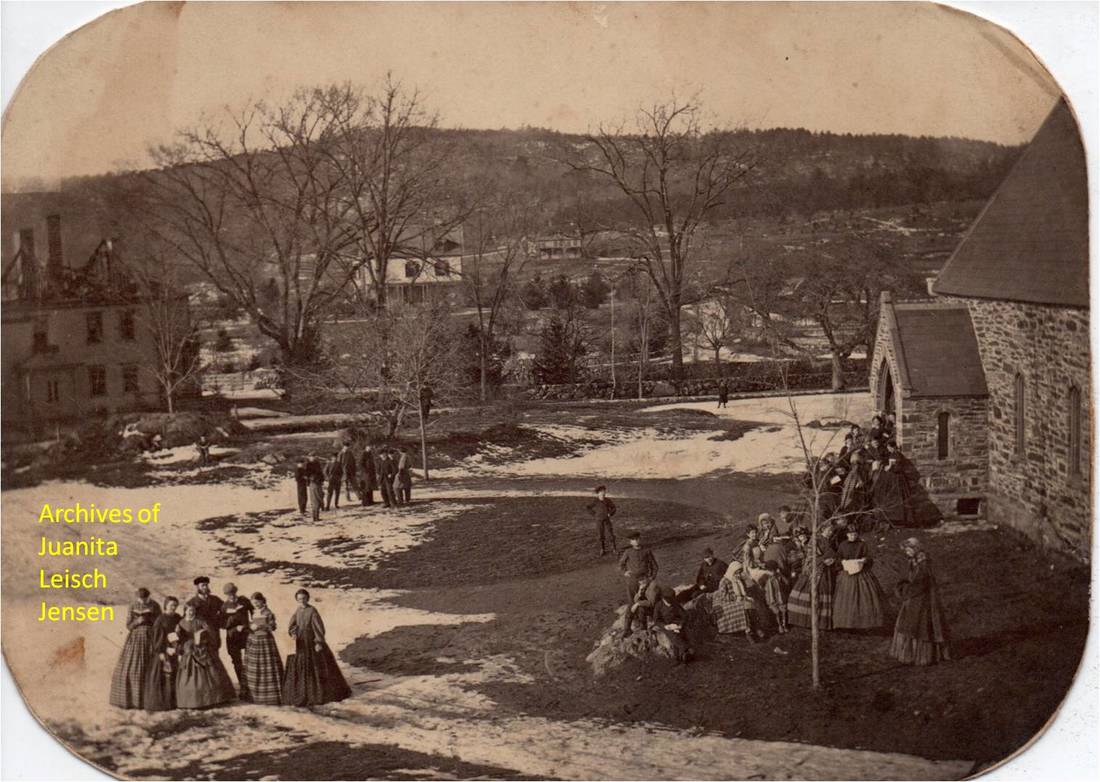
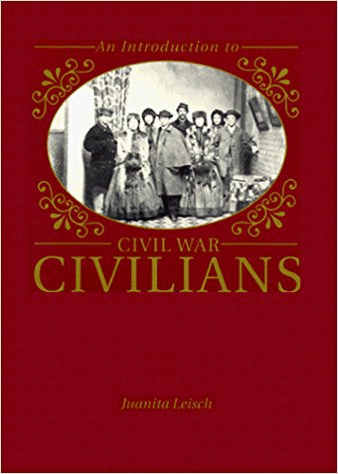
 RSS Feed
RSS Feed
